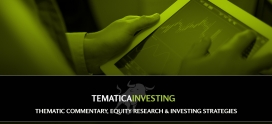Blue Cross premium hikes in Texas, Oklahoma could mean healthcare sticker shock
Despite claims to broaden affordable healthcare, the Affordable Care Act has resulted in sky rocketing costs for consumers and challenged participating healthcare companies. Even so, healthcare companies participating in the healthcare exchanges are seeing mounting losses and either exiting the exchanges or once again attempting to raise prices. The continued increase in prices saps already stretched disposable increase for Cash Strapped Consumers, not good for an economy heavily dependent on consumer spending.
In Texas, Blue Cross and Blue Shield is seeking increases averaging 53.7 percent across its Affordable Care Act plans, according to documents posted online by the federal government. In Oklahoma, Blue Cross and Blue Shield is seeking rate increases that average 49.2 percent.
HCSC said it lost $1.5 billion last year on its individual business, up from $767 million in 2014. In Texas, where HCSC has nearly 603,000 members on ACA plans, the company lost $592 million last year and $416 million in 2014 on its individual business, Spencer said.
In Illinois, Blue Cross lost about $375 million last year on its individual business, despite an average increase in premiums of 17.8 percent on ACA plans.
Source: Blue Cross premium hikes in Texas, Oklahoma could mean Illinois sticker shock – Chicago Tribune



